sustainable
Latest

Formula 1 says it's on schedule to switch to fully sustainable fuel in 2026
It has tested dozens of different fuel blends as it works toward a net-zero carbon footprint.
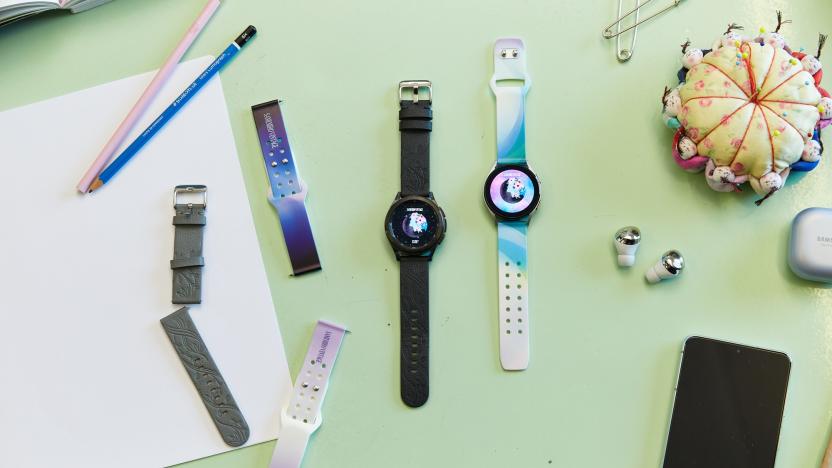
Samsung unveils limited-edition Galaxy Watch 4 bands from designer Sami Miró
Samsung is making its Android-based Galaxy Watch 4 more fashion forward via a new collaboration with designer Sami Miró.
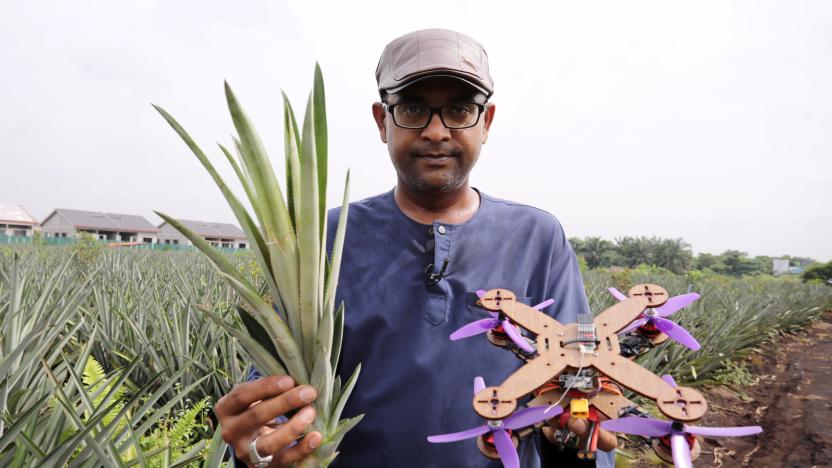
Researchers have turned pineapple leaves into drone parts
The bio-composite material degrades within two weeks after it's buried.
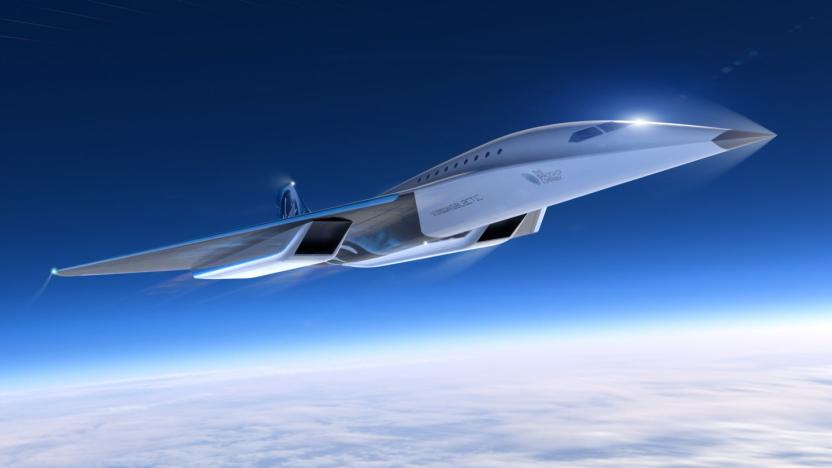
Virgin Galactic reveals its Mach 3 aircraft design
Virgin Galactic unveils its Mach 3 high-speed aircraft design and plans to work with Rolls-Royce.

Toyota is building an insane smart city near Mount Fuji
Most automakers have test tracks. Toyota decided to take that idea to an entirely different level by transforming a former factory into a town where people will live, work, and research mobility.

Kanye West's sustainable Yeezy concept uses algae foam
The next sneaker in Kanye West's Yeezy line could be made from algae foam. West offered a glimpse of the shoe at Fast Company's Innovation Festival today. He also shared that Yeezy is planning to move its headquarters to a 4,000-acre ranch in Wyoming, where it will grow its own algae in a hydroponic farm.

Google needs a sustainable phone moonshot
"Developing sustainable solutions to mass production and consumption is one of the biggest challenges we face today as an industry," Rick Osterloh, Google's senior vice president for devices and services said onstage yesterday. "It impacts all of us and it will for generations to come." Sustainability was a major focus of the Pixel 4 event. The company said it would spend another $150 million on renewable energy projects, for instance, that will generate the same amount of electricity that is currently required to build Made by Google products. Ivy Ross, the head of Google's hardware design team, revealed that all of its 2019 Nest products will include some amount of recycled material, too. The new Nest Mini speaker, for example, has a fabric top made entirely from old plastic bottles.
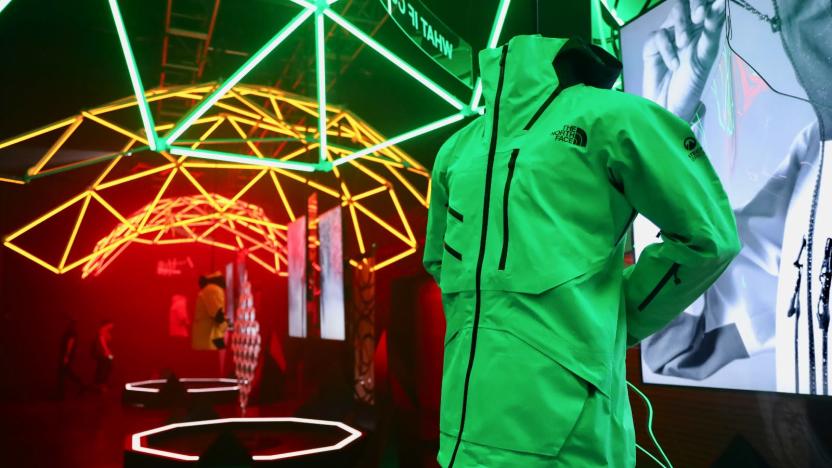
The North Face’s high-tech Futurelight jackets are finally here
It uses a proprietary nanospinning technology that lets air move through fabric easily and according to the company offers more venting than ever before.

Google pledges to 'maximize' recycled material in own products
Google has been making consumer hardware under its "Made by Google" brand -- like its Pixel phones and Google Home Minis -- for three years, and dabbled in other hardware for a few years before that. Now, it's ready to make its products more sustainable. Starting in 2022, 100 percent of its Made by Google products will include recycled materials and will maximize recycled content whenever possible. By 2020, 100 percent of all shipments going to or from customers will be carbon neutral.

Nike's Joyride shoes use tiny beads to make your runs more comfortable
Nike has developed a new shoe technology for both casual and every-day runners. Today, the sportswear giant is taking the wraps off of Joyride, a responsive cushioning system designed to adapt to individual foot strikes and offer high levels of impact absorption as your feet hit whatever surface you're running on. Nike says the idea with Joyride is to "make running easy" and give you more personalized comfort, which is made possible by thousands of tiny, energy-packed beads that form the shoe's midsole. You can get a great look at them in the Joyride Run Flyknit pictured above, the first Nike sneakers to feature the visible and colorful beads.

The North Face teases its most breathable waterproof gear yet
As great as waterproof apparel is to keep you protected from bad weather, most jackets, pants and other gear tend to be too bulky or uncomfortable. That's a problem The North Face is well aware of, and it has come up with a new material that it believes will fix this: Futurelight, which the company is calling "the most advanced breathable waterproof outerwear technology." According to The North Face, Futurelight is its most comfortable waterproof gear yet, thanks to a design that lets air move through fabric more easily and provide "more venting than ever before.'
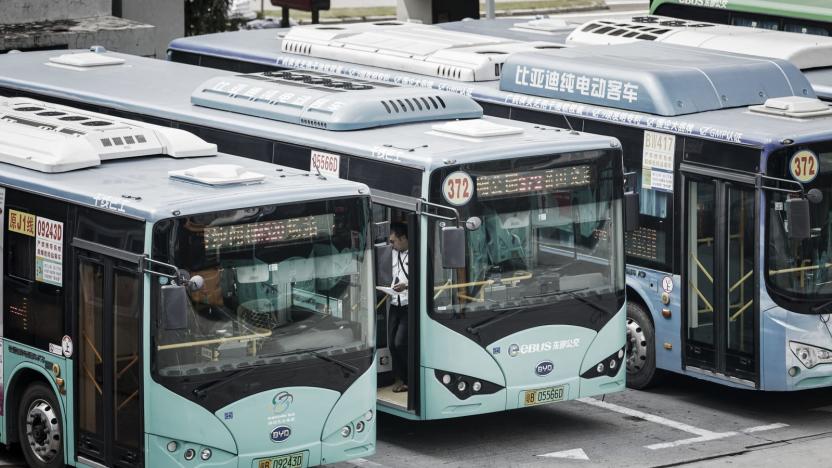
China's Shenzhen city electrifies all 16,359 of its public buses
If you ever see anyone crowing about how nobody's taking the initiative on sustainable transport, point them in the direction of Shenzhen. The Chinese city has announced that it has successfully electrified its entire fleet of public buses, all 16,359 of them. In addition, more than half of Shenzhen's cabs now run on electricity, and the plan is to get rid of the remaining gas-powered rides by 2020.

6 next-gen green cell phones
By Cat DiStasio In the grand scheme of things, mobile phones haven't been around that long. Less than 20 years ago, hardly anyone had one, and devices of that era certainly weren't capable of doing what today's smartphones can do. Cell phone technology progresses so quickly, in fact, that most users are prone to replacing their phones with new ones every few years -- even if the old one still works -- just to have something with longer battery life and a better camera. This behavior is inspiring designers to create more sustainable handsets: some with easily upgradable modules, some made with recycled materials and some that charge themselves with little or no interaction from the user. Although a few of these technologies are still in the conceptual phase, it's easy to imagine that they could be available within the next few years -- right about when you'll be thinking about replacing the phone you have now.

Recyclable organic solar cells: a clean fuel future made possible by trees
You don't have to know Shel Silverstein to know that trees are exceptionally giving. They're responsible for our homes, paper, air, furniture and, now, energy -- the "clean" kind, that is. Researchers from the Georgia Institute of Technology and Purdue University have jointly devised a patent-pending method to build organic solar cells using plant-derived substrates. Known as cellulose nanocrystal substrates (or CNC), these solar cells benefit from being truly disposable, eliminating the waste that results from the use of alternative materials like petroleum or glass. The CNC-made cells are not only transparent enough to allow light to pass into an embedded semiconductor, but they also dissolve when submerged into water, thus earning the esteemed recyclable distinction. Although this is undoubtedly a breakthrough for clean energy tech, it's by no means a near-future reality. Apparently, current cells can only yield a 2.7-percent conversion efficiency rate, which falls far below the 10-percent threshold met by rival fabrication methods (i.e., petroleum and glass). So, there's still significant work to be done before the team can improve production and achieve parity with those less "recyclable" options. Until that time, consider this a comforting reassurance that a clean fuel era is well within reach.

Delaware Ph.D. student hopes to solve energy woes with renewable hydrogen production
Hydrogen fuel is a fickle mistress. On one hand, it teases us with the promise of renewable energy and a cleaner tomorrow. On the other hand, it's most often produced with natural gas as the source -- hardly the clean break from fossil fuels that many had envisioned. Fortunately, there are other methods to harness this abundant element, and a doctoral student at the University of Delaware may have created a worthwhile process. Similar to previous research we've seen -- which relies on ceric oxide and energy from the sun -- Eric Koepf has designed a reactor that combines zinc oxide powder, solar rays and water to derive hydrogen as a storable energy source. Most intriguing, it's thought that the zinc oxide byproduct from the reaction will be reusable -- a potential gateway to sustainable energy. Koepf will spend the next six weeks in Zurich at the Swiss Federal Institute of Technology, where his reactor prototype will be put through its paces to determine its efficiency and effectiveness. If successful, his advisors envision that one day, we may see giant versions of Koepf's reactors producing hydrogen on an industrial scale. We certainly won't fault them for dreaming big.

AT&T announces home automation platform, eco-ratings for consumer devices
Today, AT&T revealed that it's working on a new home monitoring and automation platform known as Digital Life. While it'll be marketed toward service providers, the IP-based system will allow business and residential users alike to remotely monitor cameras, lighting, thermostats, motion detectors, window and door sensors, along with a litany of other devices. It'll be demonstrated next week in Barcelona as part of the GSM Association's Connected Home experience. As you'd expect, we'll be there to bring you a peek of AT&T's handiwork.The company has also announced that, later this year, customers will find eco-rating labels on AT&T-branded mobile devices. With this initiative, shoppers may evaluate criteria such as a product's energy efficiency, the percentage of recycled materials used in manufacture, and the inclusion of metals such as lead, cadmium and mercury. These factors and more will be presented as a composite score that evaluates the sustainability attributes of each device -- think of it as an easy way to get your green in gear. You'll find the PR for both announcements after the break.

Biodiesel can be harvested from leftover food, kids no longer have to clear their plates
The best dishes always contain 30 per cent fat minimum. This doesn't merely ensure a level of hearty satisfaction (Windows 7 Whopper anybody?), it also means the leftovers contain plenty of the greasy good stuff, which can be cleverly harvested and metamorphosed into biodiesel. The technology behind this process has been around for a while, but now British firm Greenergy claims it is ramping up commercial production. The firm's CEO reckons each of his new £50million ($80million) biodiesel plants will digest a sufficient volume of waste pies, fries and taramasalata to "fill out a cruise ship every year". Mmmm, pie.

Dell to trial mushroom-based packaging on servers, hugs IT hippies
We've already seen Dell embracing the bamboo woods to package its products, so what's next for Round Rock's green fingers? Mushrooms, apparently. Unveiled at the Fortune Brainstorm Green conference yesterday is a biodegradable cushioning tray, which is grown -- yes, grown -- out of a mold stuffed with old cotton hulls, mushroom spawn, and nutritious agricultural waste. While it does take about five to ten days for the mycelium (aka mushroom root) to form the desired shape, the merit of such process is that all the energy required for the manufacture is provided by the recycled waste, thus reducing other energy dependencies. What's more, this fungal packaging has already passed Dell's extensive lab tests "like a champ," and it'll soon be trialed on Multipack packaging shipments for the PowerEdge R710 servers. If you want to thank Michael, he'll be in his usual tree house.

Genovation G2 aims to be the greenest thing you can drive, will be made from renewable and recycled parts
One big sticking point for those still unwilling to embrace the eco-friendly credentials of electric vehicles is the undeniable fact that building an EV costs plenty in terms of resource and energy use. Hoping to counter this concern, Genovation is working on developing a new G2 electric car (the G1 was a Ford Focus modified with off-the-shelf parts to run on batteries), which will try to maximize the use of renewable and recycled materials in its construction. It's just completed the first phase of its development, where quarter-size models have been built by Tata Technologies and a bunch of simulations, analyses, and performance tests have been run. Phases two and three will involve the building of functional prototypes and pre-production road vehicles, with phase four presumably being the onset of our sustainable living utopia.

Ocean Empire LSV is the self-sufficient superyacht for the super-rich
It looks like your luxury extra-national seafaring utopia just got one step closer to reality. The Ocean Empire Life Support Vessel is a 144-foot Catamaran Superyacht manufactured by Sauter Carbon Offset Design, and it features not only "all of the hotel amenities of a luxury global voyager" but two hydroponic farms and fishing facilities and three sustainable power sources: a 400 square meter 70kw solar array, an auxiliary 80 square meter (200kw) automated SkySail that drives the ship to 18+ knots and charges her battery systems, and a Motion Damping Regeneration (MDR) system developed with Maurer Sohnes Gmbh that can produce up to 50kw of electricity as it steadies the ship on rolling seas. How much will it cost you to take yourself, nine of your closest friends, and a crew of eight to the sea -- and remain there indefinitely? About $17 million. Hit the source link to order a couple for yourself. The vessel is built to order and you can have it ready to go in about eighteen months. At least it's cheaper than Saddam's yacht!











